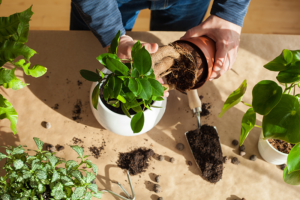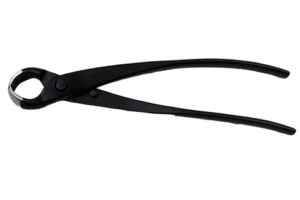Thunderhead Japanese black pine (Pinus thunbergii 'Thunderhead' ) - Plant Identification
Japanese Black Pine
The Japanese Black Pine (Pinus thunbergii) is a popular species used for bonsai due to its resilience and adaptability. Growing Japanese Black Pine as bonsai requires a certain level of care and attention to detail to ensure the tree thrives. This blog post will explore the steps involved in growing and caring for a Japanese Black Pine bonsai.
Understanding the Growth Habits of Japanese Black Pine
The Japanese Black Pine is native to the coastal regions of Japan and is well-adapted to harsh coastal environments. This pine species is known for its ability to withstand strong winds, salt spray, and drought. The Japanese Black Pine can grow over 100 feet tall in the wild, but it is trained to stay small when grown as bonsai.

When growing a Japanese Black Pine bonsai, it is vital to understand the tree’s growth habits. The Japanese Black Pine has a distinctive upright growth habit; its branches grow slightly irregularly. This tree species is also known for its dense needles and ability to produce new growth even when pruned.
Caring for a Japanese Black Pine Bonsai
Watering: Japanese Black Pine bonsai requires regular watering, especially during the growing season. The soil should be kept moist but not waterlogged. During the winter, the tree should be watered less frequently, but the soil should never be allowed to dry out completely.
Fertilizing: Japanese Black Pine bonsai should be fertilized regularly throughout the growing season. Use a balanced fertilizer, such as 10-10-10, and follow the manufacturer’s instructions for application.
Pruning: Pruning is an important aspect of caring for a Japanese Black Pine bonsai. This pine species responds well to pruning, and keeping the tree’s branches in shape is crucial to maintain its desired growth habit. Prune the tree’s branches in early spring before new growth begins.
Repotting: Japanese Black Pine bonsai should be repotted every 2-3 years or when the roots have become too crowded in the pot. Repotting should be done in the spring, just before new growth begins. Use a well-draining bonsai soil mix, and be sure to gently remove any old soil from the roots.
Wiring: Wiring is a technique used to shape and train the branches of a bonsai. Japanese Black Pine is well-suited to wiring, but it is essential to be careful not to damage the tree’s branches. Wiring should be done in the fall or winter when the tree is dormant.
Protecting from Winter: Japanese Black Pine bonsai should be protected from freezing temperatures and harsh winter winds. If you live in a colder climate, keeping the tree sheltered or bringing it indoors during winter is recommended.
In conclusion, growing a Japanese Black Pine bonsai is a rewarding experience for bonsai enthusiasts. With proper care and attention to detail, this pine species can be trained to maintain its distinctive growth habit and develop into a beautiful bonsai tree. Regular watering, fertilizing, pruning, repotting, wiring, and protection from the winter are all important aspects of caring for a Japanese Black Pine bonsai. By following these steps, you can ensure that your bonsai thrives and remains healthy for years to come.







Leave a Reply
Your email is safe with us.
You must be logged in to post a comment.